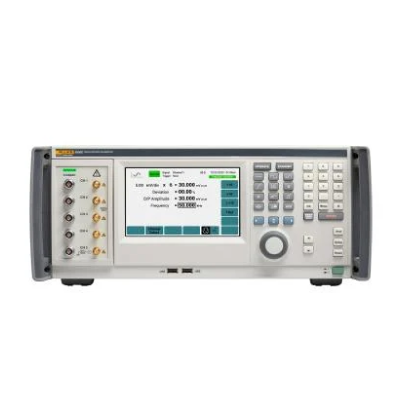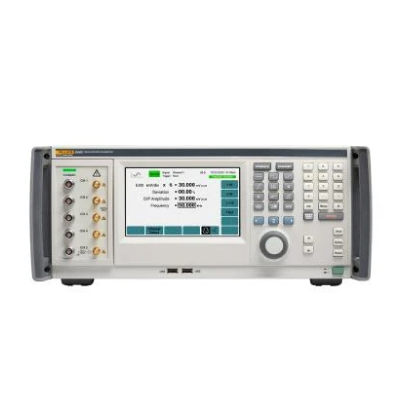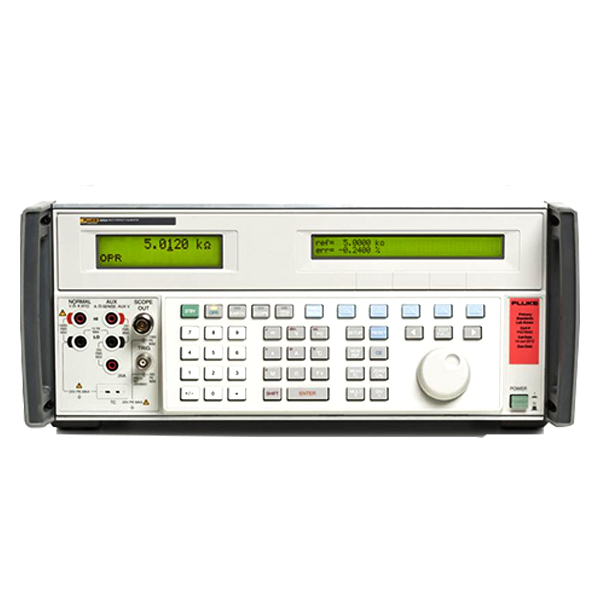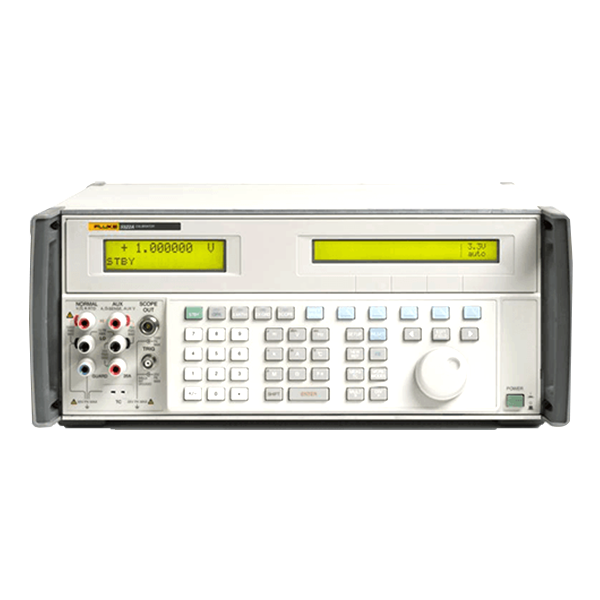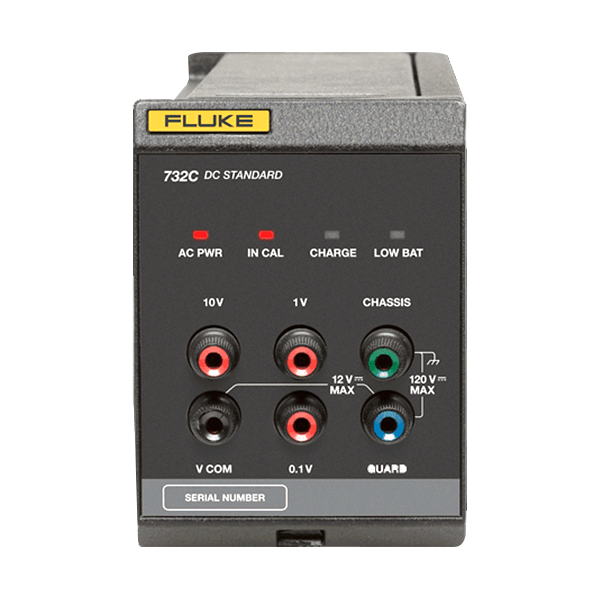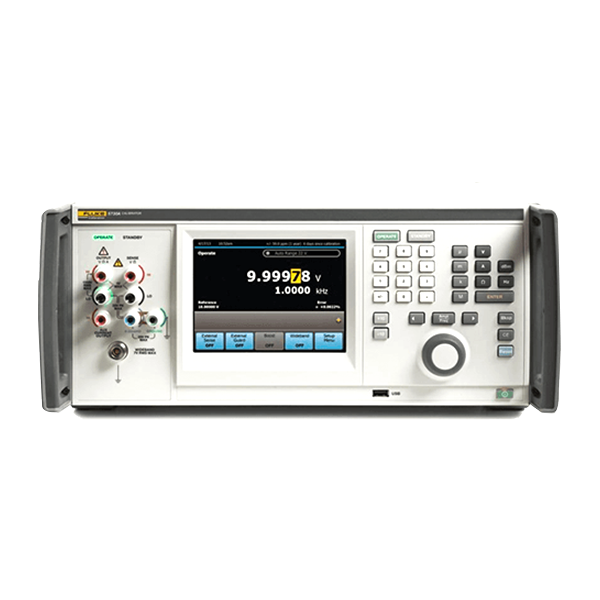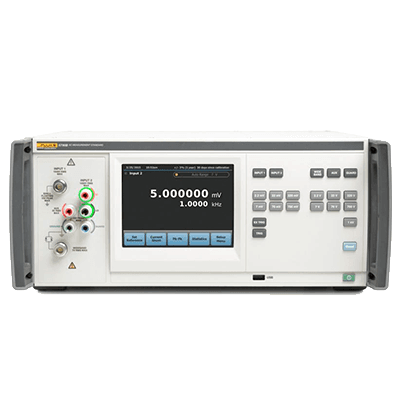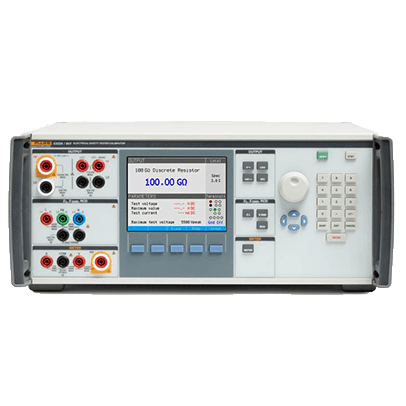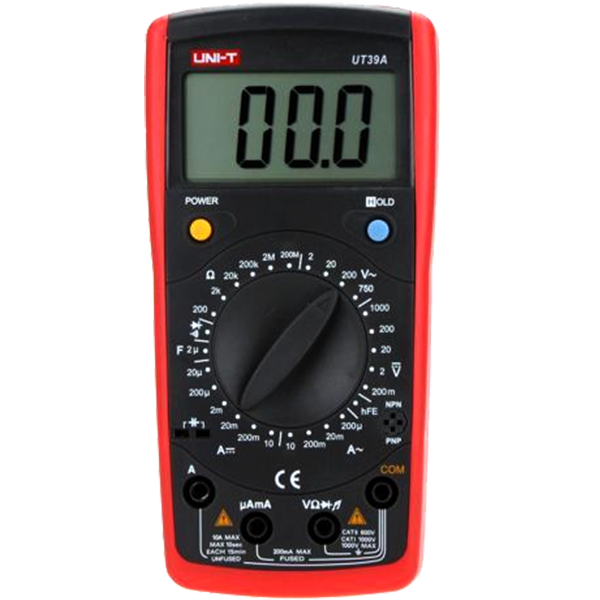Product overview: Fluke 9500C High-Performance Oscilloscope Calibrator
The Fluke 9500C Oscilloscope Calibrator: A Paradigm Shift in Calibration Automation
In many calibration laboratories, automating oscilloscope calibration represents a significant leap in productivity. Traditionally, this process demands extensive time from skilled operators performing repetitive tasks. While semi- or partial automation solutions offer some relief, they often introduce their own set of complications.
Adapting to the Evolution of Oscilloscope Technology
Over recent years, oscilloscopes have evolved from simple two-channel instruments to complex four-channel devices. Calibrating these advanced instruments typically involves moving the calibration signal across different channels, which traditionally required manual cable adjustments. This method, especially with high-performance instruments, risks introducing measurement uncertainties due to cable and connector handling. Switching matrices, an alternative for signal routing, can lead to issues such as signal reflections and path differences, affecting calibration accuracy.
Innovative Active Heads and Full Automation with the 9500C
The Fluke 9500C effectively addresses these challenges, offering true, full automation through its innovative Active Heads. In the 9500C system, all necessary signals for comprehensive oscilloscope calibration are generated by detachable heads, which are remotely connected to the calibrator mainframe. These heads directly interface with the oscilloscope inputs, eliminating the need for additional cabling. Control and waveform switching are seamlessly managed by the mainframe, with the process occurring within the head itself – positioned just millimeters away from the oscilloscope input and amplifiers. Each 9500C mainframe can control up to five heads, enabling the calibration of a 4-channel oscilloscope with an external trigger. This design ensures that all required signals are supplied, controlled, and switched without any need for operator intervention or external switching mechanisms.
 Calibration
Calibration
 HVAC/Clean Rooms
HVAC/Clean Rooms
 Electrical
Electrical
Temperature
 Power & Energy
Power & Energy
 Mechanical & Maintenance
Mechanical & Maintenance
 Pharma, Health & Biomedical
Pharma, Health & Biomedical
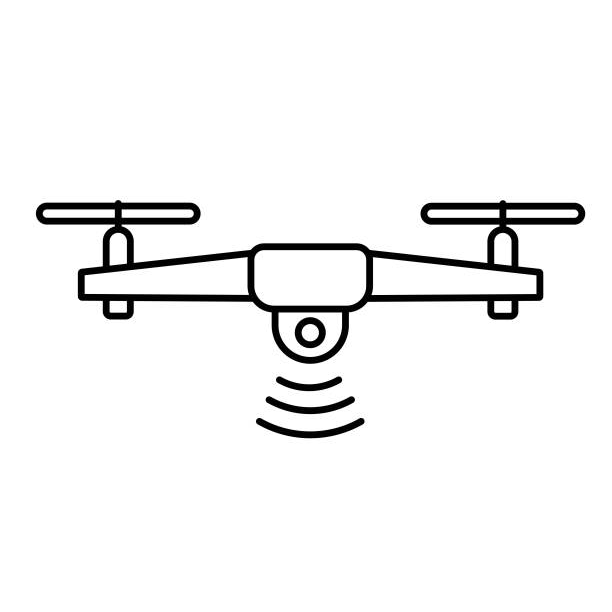 Drone Solution
Drone Solution
 Networking
Networking
 Transformer & Relay Testing
Transformer & Relay Testing
 Insulation, Resistance and Battery
Insulation, Resistance and Battery
 Fault Testing & Diagnostics
Fault Testing & Diagnostics
 Lightning Protection Solution
Lightning Protection Solution
 Education, Research & Development
Education, Research & Development
 Civil Equipment
Civil Equipment
 Renewable Energy
Renewable Energy
 Cleaning and supplies
Cleaning and supplies
 Power Tools
Power Tools
 Safety Tools
Safety Tools
 Hardwares
Hardwares
 Construction Supply
Construction Supply
 Stationeries
Stationeries
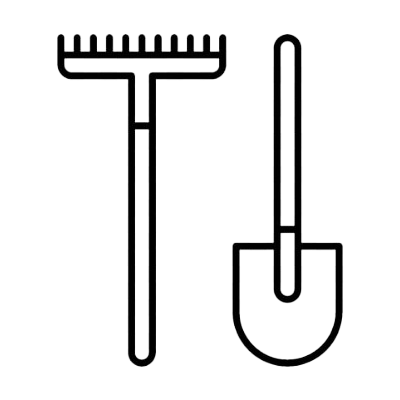 Garden Tools
Garden Tools
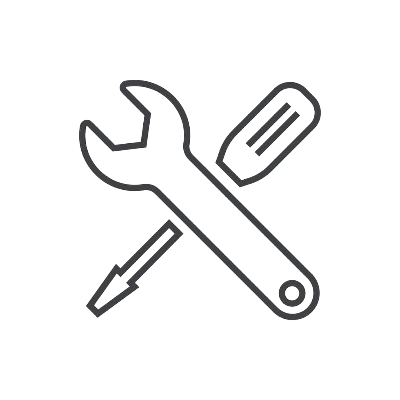 Accessories
Accessories
 Machines
Machines
 Hand Tools
Hand Tools





































